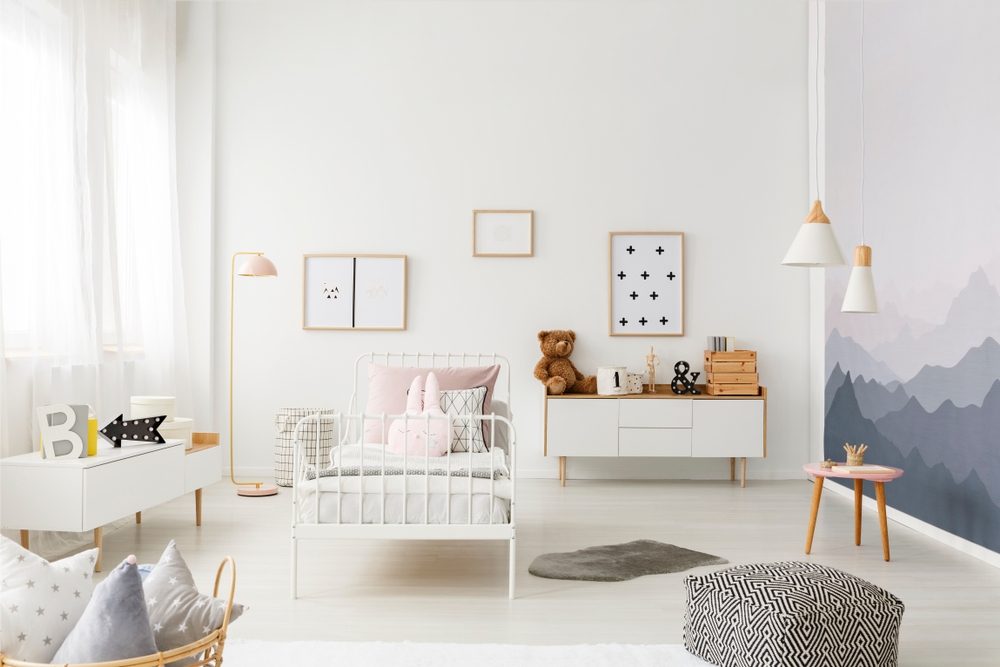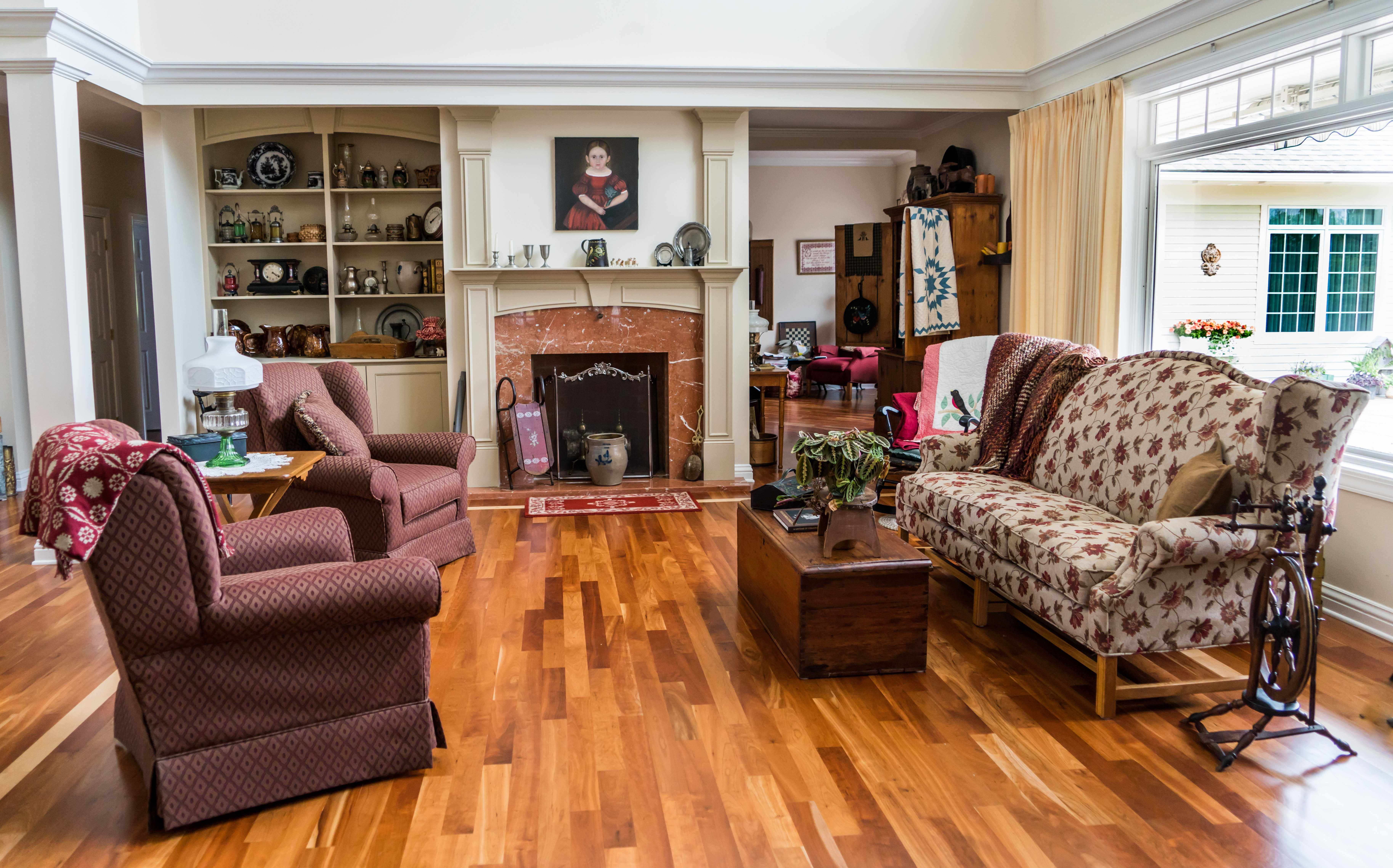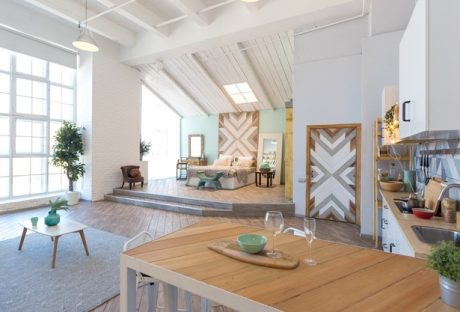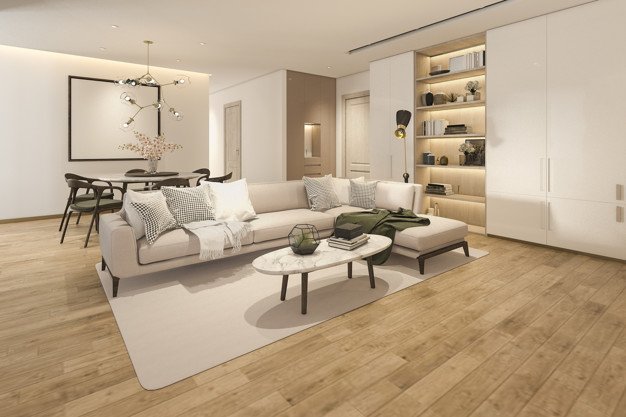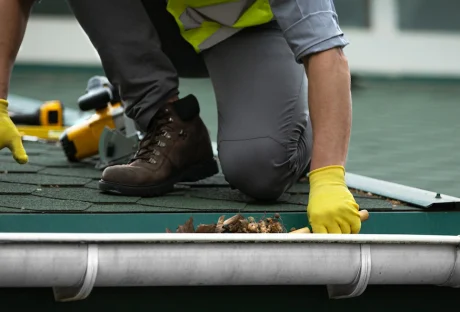Parents devote days and at times weeks to ensure that their loved ones’ dreams and preferences are reflected in their rooms. Budget, space, and scope everything comes into the picture before a room gets its decor for the little ones. Unfortunately, kids keep growing, while the room decor is stagnant. Getting a room that would grow up with the kids is a titanic task. A few ideas can help the room evolve with the kids.
1. Pick Expansive Themes :
Themes that would lose the radiance over time are not best suited if you aim for them to stay in vogue for years. Go for timeless themes. When you have kids who would step into teenage sooner, then lively themes are perfect fits. For instance, geometrical shapes last forever. Nautical stripes too are good choices. When you feel that the themes are not enough, as you are compromising with the designs, simply add to the decor with the furniture pieces. Even accentuating with the bed and pillow covers can bring new life to the room.
2. Get Neutral Walls :
Hues that are too bold can seem to be the attractive feature of a kid’s room. But kids outgrow the walls sooner, and neutral walls are the best choices. You can play around with other accessories, provided the walls are neutral. Painting every couple of years is not on the cards for many parents, and neutral walls eliminate the need for the same.
3. Bring in Temporary Ornamentation :
Imageries and decor elements can be moved off, and new ones can be brought in at any point in time. If your theme is minimalistic, then concentrate on stuff that can add to the ruddiness of the room temporarily. For instance, wall stickers and photographs that your child loves can be used according to the age of your kids. This usually works for kids under 10 and replace the ornamentation with trophies or other decor elements that fit the age group of the child.
4. Club Various Furniture Options :
No one can resist the temptation to pay for the colorful and small furniture meant for children. Before drawing your card out of the wallet, consider the age of your kid. If the kid is around 9 or 10 years, and you love the little chair or wardrobe, imagine if it would also fit the needs of a preteen.
When you want to do something about the shelves, install doors only on half of them. The rest can be either display units or storage space. This unit can become a bookshelf in the later years. Or, if the wardrobe isn’t huge enough for the preteen or teen, then modify the unit to play the role of a wardrobe. Classic furniture grows up with your child and helps you from spending on new ones.
5. Involve Your Child :
Your child’s preferences should be reflected in the room. How about taking the child for shopping? Let your child choose the furniture of the pragmatic options available. This is a win-win situation for both the parent and the child. Also, you get a clear idea of what the child loves. The wall decals can fulfill the wishes of the kid, and they can be easily removed too. Do not stick to a theme. Especially when the hunt for furniture is on, you should hold the reins and do not get drawn to the cartoon-filled options in the market.
Storage is another expanse to choose with utmost care. Your kid can be small, but that does not mean he or she owns little stuff. In fact, kid’s possessions can be huge compared with an adult; toys, books, play items, room decors, and whatnot. Put in some efforts, and this is a niche where you can certainly compromise aesthetics to a certain level. In short, it is an area to play around. Loads of creativity can be brought in, and you will find picking themes and colors for real fun.
Invest in Your Child’s Future
While you put all your efforts to design the perfect room for your child, why not consider investing in his/her future? Investing in Unit Linked Insurance Plans (ULIPs) to provide your child with a financially secured future is a sound financial decision. ULIP is a dual-purpose investment vehicle offering both protection and investment. Moreover, Unit Linked Insurance Plans help create a corpus for crucial stages in the child’s life like his higher education, marriage or even funding his start-up. Also, by investing in a ULIP, tax benefits can be availed as per the current tax implications.
Read Also :













